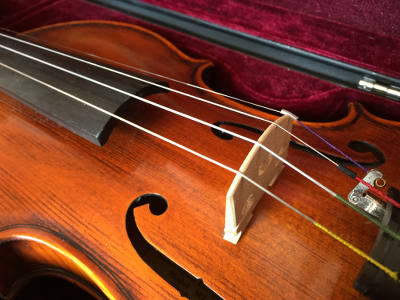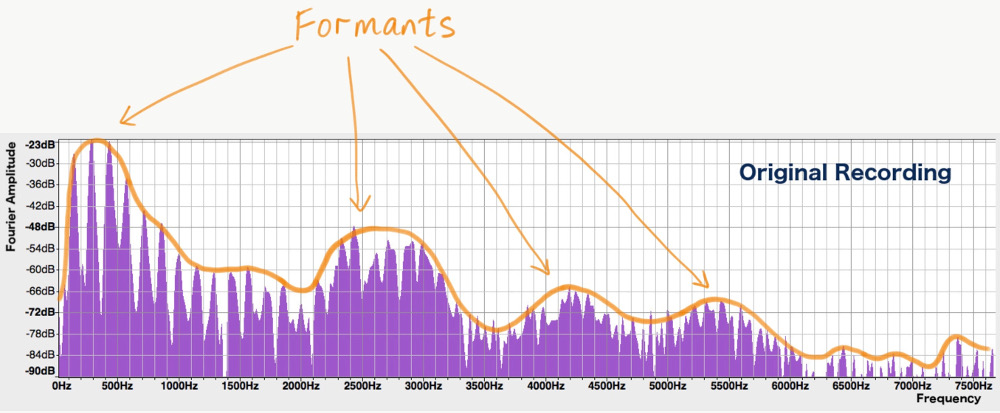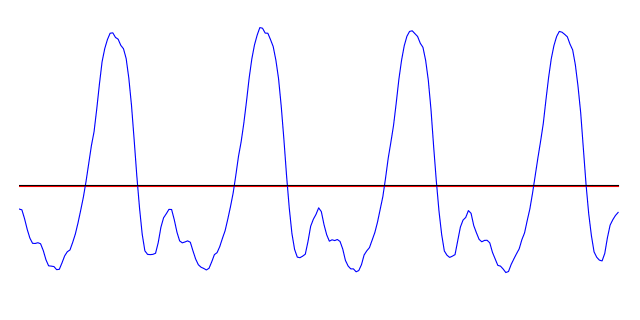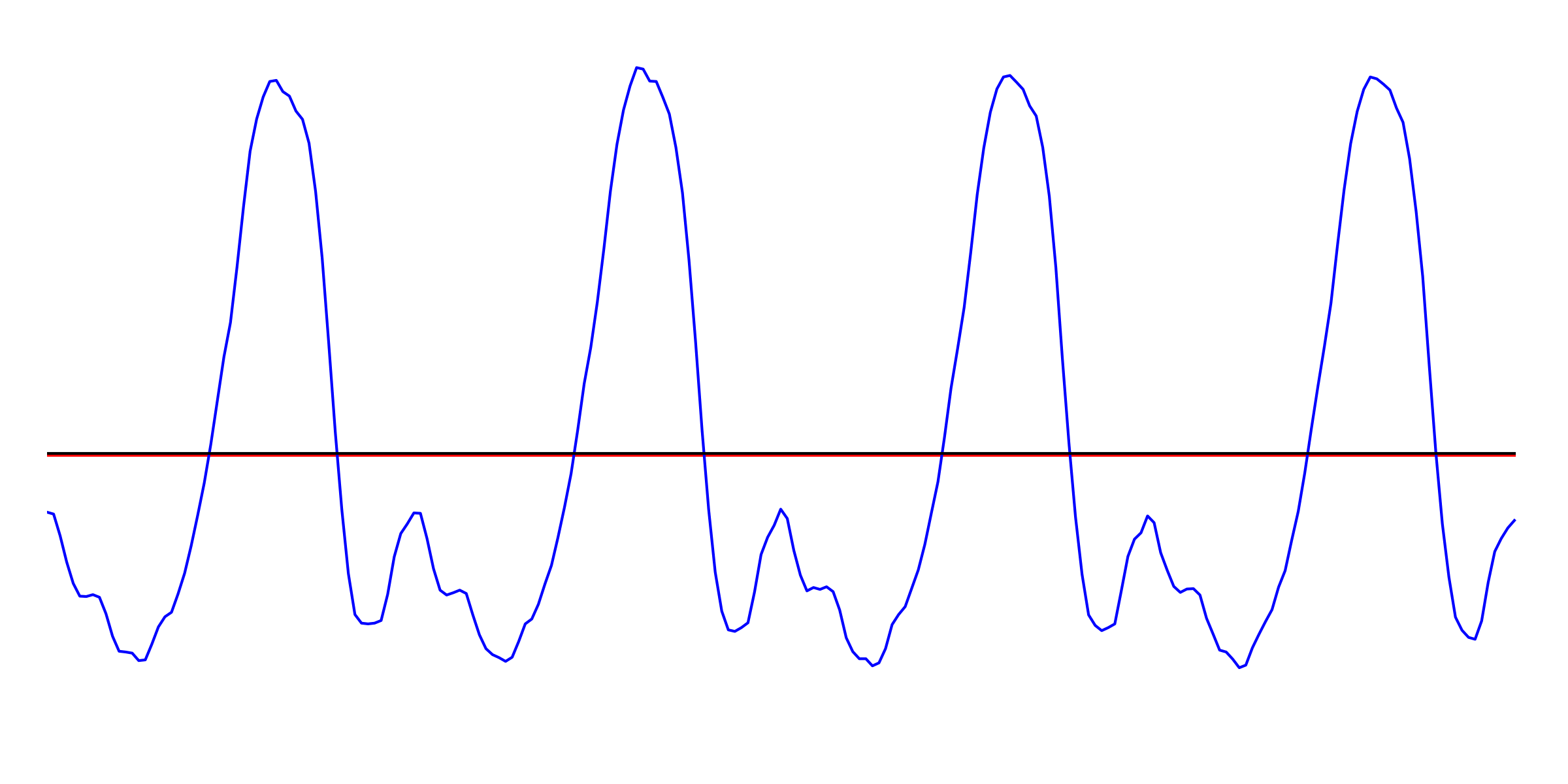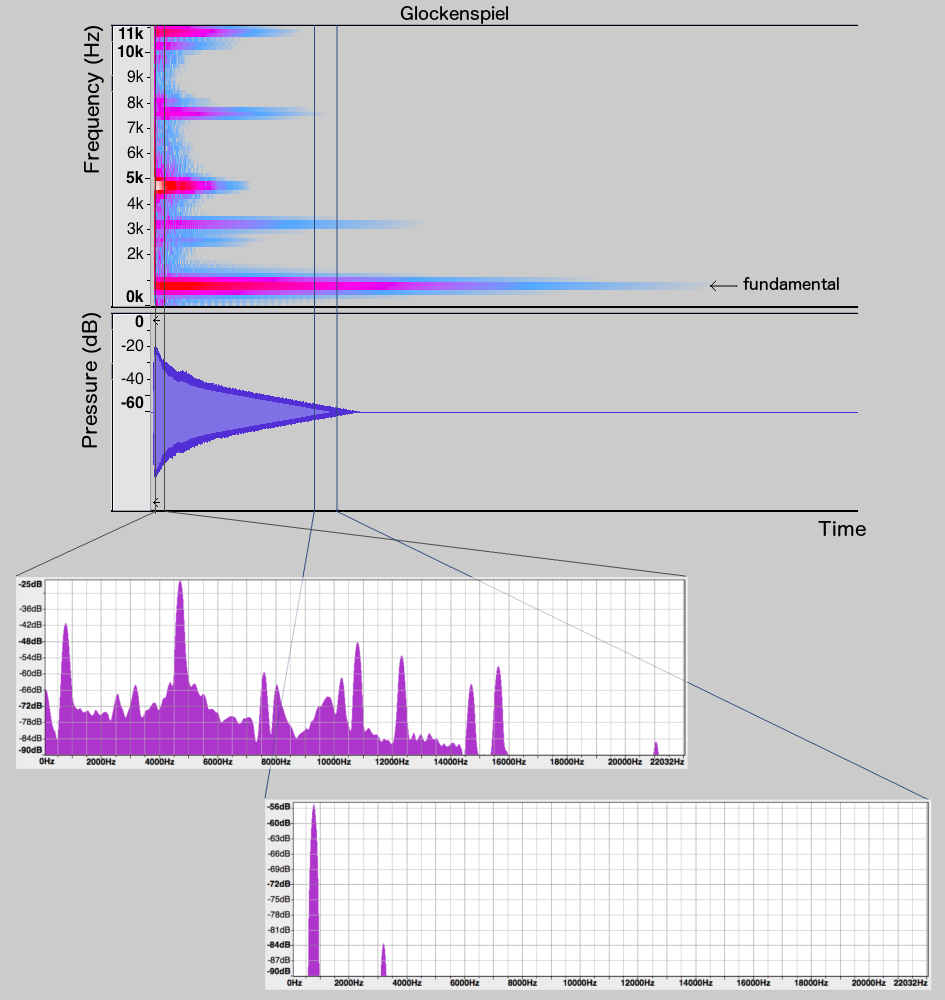Here’s a super-slow-motion video of a vibrating violin string:
Video by Jost Fischer.
I think this is pretty cool — there’s this kink that’s travelling up and down the length of the string. What’s going on here, and why don’t we see this with the naked eye? In this post I’ll explain how a bowed string vibrates, and how, unintuitive as it seems, the odd kinky motion of the … Read the rest
